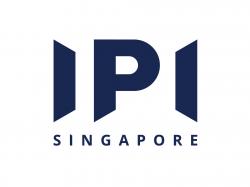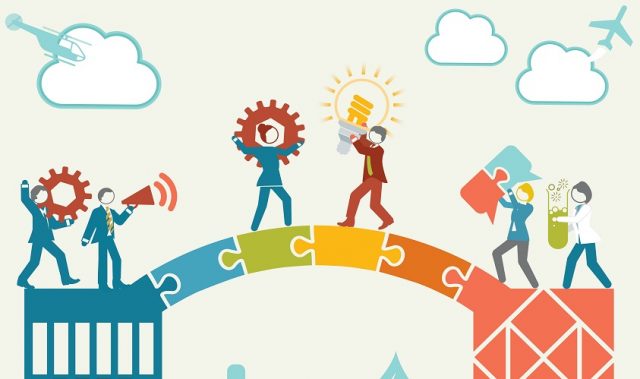
AsianScientist (Apr. 4, 2019) – Thinking outside the box is easier said than done. Encumbered by preconceived notions about how the world operates, we sometimes fail to see how a problem may be approached from multiple different angles and end up settling for solutions that are simply better versions of their earlier forms—rarely is something truly novel or ground-breaking generated.
Dr CJ Meadows, Director of The Innovation & Insights Centre, SP Jain School of Global Management, recommends breaking away from the stale and stagnant by engaging in what she calls “lateral innovation”. Speaking at the EmTech Asia 2019 conference at the Marina Bay Sands Expo & Convention Centre, she shared how individuals and organisations can push boundaries to deliver massive value to society by staying true to their mission and looking for opportunities at the interface of two or more disciplines.
“Just as a nuclear fusion releases a massive amount of energy by combining two nuclei, a fusion in technology, business and the arts can create a massive amount of value,” she said.
A well-defined passion and purpose
Having spent two years carrying out a global research study of cross-domain innovators from the science and technology, arts, business, social entrepreneurship and education sectors, Dr Meadows has observed a recurrent trait among radically innovative people—each of them was driven by a passion to solve a deeply personal problem.
She cited the example of Founder and CTO of SensPD, Raffi Rembrand, whose autistic son spurred him to develop a diagnostic tool that detects autism. A chemical engineer by training, Rembrand had no background in medical technology. Nonetheless, he sieved through thousands of research papers to find out more about autism spectrum disorder and was stunned by the lack of early diagnosis options and the scarcity of effective interventions.
“Engineers break things apart, find a problem, fix it and reconnect things. One problem Rembrand kept coming across was speech and noise discrimination in autistic individuals,” Dr Meadows said.
Chasing that lead, he learnt that the inner ear doesn’t just detect sounds—it produces them, what is known as otoacoustic emissions. Rembrand was able to demonstrate that autistic individuals exhibited abnormal otoacoustic emissions, and he eventually developed a medical device to detect the abnormality in new-borns, allowing earlier intervention.
“No one told Raffi to do this. He had no research budget and no organisation to back him up. But now, his test can be given within a few days of birth. This is a life changer for 70 million people a year,” said Dr Meadows.
Crossing boundaries and collaborating for good
But passion alone does not necessarily lead to a viable product for commercialisation. An openness to ideas and collaboration across diverse fields is just as critical, Dr Meadows said. She highlighted Livio Valenti, Co-founder of silk biomaterial technologies firm Vaxess, as a sterling example of someone who “fused science and technology, business and government in a powerful way”.
Like Rembrand, Valenti was an outsider to the field of biomedicine. An economist with the United Nations, he was trying to help Cambodia move up the economic value chain by making higher value silk products. Then a TED talk by material scientist Dr Fiorenzo Omenetto opened Valenti’s eyes to the possibility of using silk to coat biological molecules such that vaccines no longer have to be refrigerated.
“The economist in Valenti loved this technology because 2.4 million people a year die from vaccine-preventable diseases, and refrigeration takes up 80 percent of immunisation costs. In a US$20 billion industry, that’s US$16 billion freed up for years,” Dr Meadows explained.
All that economic value would have been lost had Valenti not assembled a team of scientists and business-savvy individuals to bring the technology to market.
For those hoping to walk in Valenti’s footsteps, Dr Meadows cautioned against going down the path of innovation alone. “Innovation is harder than it looks. You need to be clear about what your role is. Are you the inventor? The marketer? The funder? Most people can’t take on all these roles. You will need partners,” she said.
In sum, truly novel or ground-breaking inventions arise when passion is amplified through borderless inflows and outflows of knowledge and expertise—the essence of open innovation.
Asian Scientist Magazine is a content partner of IPI.
———
Copyright: IPI. Read the original article here.
Disclaimer: This article does not necessarily reflect the views of AsianScientist or its staff.












